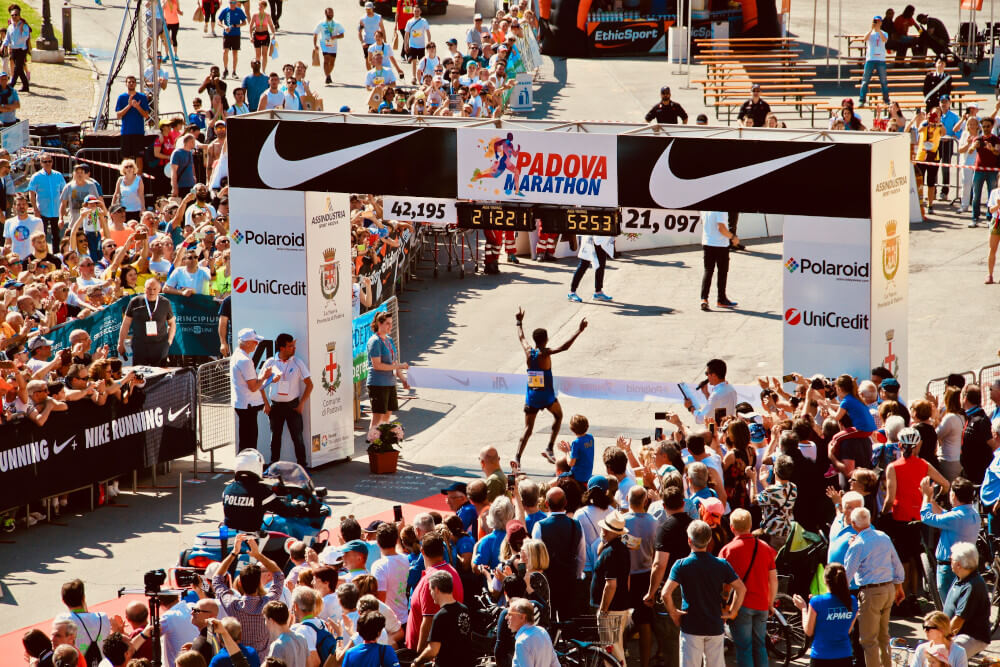Do you want to know how elite runners train? They may have the luxury of having more time but they still use it wisely, and for us mere mortals, plenty can be learnt.
Generally, elite runners go through phases of training for key races and events. These are preparation, competition, and transition. That’s not to say you shouldn’t be consistent, so you should acknowledge the importance of building a base and continually reinforcing it throughout the year, since aerobic adaptations take a long time and are ongoing over years.
The preparation phase is the build-up, getting out there to push your mind and body week by week, with an end goal (event or race) in sight. The competition phase is a continuation of the specific preparation phase, with more races and recovery. The transition phase might be called an “off-season”, and it can vary from 1 to 2 weeks of rest/low-intensity running to 4 weeks totally off. Off-seasons are not set-in-stone rules, they can be flexible based on the needs and background of the runner.
Depending on the distance, an elite track runner may be racing very frequently, whilst a road runner up to the marathon may only average 2 races per year.
Training Methods
As you can probably guess, an accumulation of easy low-intensity training was a key element in most training. At least 80% of your training should likely be easy unless you are at very low volumes. Low-intensity easy running should generally be 3-5 km/hour slower than marathon pace. Long runs are often faster, around 1-2 km/hour slower than marathon pace.
Higher-intensity training combines with easy training. The distribution of intense sessions depends on the athlete and their goals, elite runners generally follow 2–3 weekly interval sessions, a weekly long run, and fill the rest with easy running. For many recreational runners, 2-3 speed sessions a week may be overdoing it so many will opt for 1-2 speed sessions per week.
Sessions can include fartleks, threshold runs, intervals, progression and hill repeats. Elite athletes also did plenty of fast strides (15-30 seconds at the end of runs).
Training Volume
World-leading marathon runners train 500-700 hours per year, with track runners between 450 and 600 hours, spread out over 11-14 sessions (double days are standard). Interestingly, this is less time than sports like cross-country skiing, triathlon, and swimming, where athletes are often around 800-1200 hours per year. Running is weight-bearing, so the importance of injury prevention is key, rather than volume accumulation for its own sake.
Elite runners increase volume steadily in the preparation phase. They start by increasing frequency (including through doubles), before increasing the volume of runs. That’s a terrific lesson for all runners, aiming for a higher density of runs prior to building in longer and longer runs. Typical training volumes add up to 100-120 miles for elite marathon runners. Those athletes at the lower volumes are usually doing a slightly higher proportion of intensity.
Conclusions
There are so many more amazing nuggets of wisdom to take from how elite runners train. Key points:
- Do 1-2 speed sessions per week
- Do 1 long run per week
- Run easy the rest of the time (slower than you think)
- Approach your races in the phases. Preparation (build-up), Competition, and Transition (off-season).
Be sure to watch this video for advice on training in the green zone.






